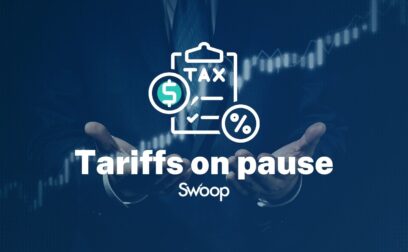Asset finance is a type of lending that gives you access to additional business assets (e.g. equipment). There are two main types of asset finance: equipment leasing and hire purchase.
If you are facing a large one-off payment to access equipment, machinery or vehicles, you might want to consider asset finance as an alternative to traditional bank loans or overdrafts.
The two main types of asset finance are:
- equipment leasing (including finance leases, operating leasesandcontact hire)
- hire purchase.
You might also consider asset refinance, which allows you release cash from the value in your existing assets.
Asset finance is a form of lending you can use to buy business assets which are critical to the successful running of your company, such as machinery and vehicles. You can typically borrow as little as $1,000 and up to $10 million over periods as long as seven years, with interest rates starting from as low as 1.4%. The main types of asset finance are equipment leasing and hire purchase.
If your company is asset rich but cash poor, you could also consider using asset refinance which allows you to use existing equipment as collateral against a loan.
To grow your company, you need to invest in it. However, business assets usually require a significant upfront payment which can present an obstacle for SMEs. That’s where asset finance comes in.
Asset finance offers an alternative to traditional bank loans or overdrafts. It helps you fund what can be a substantial investment in equipment if you don’t have spare working capital in the bank or if you’d like to spread the cost over a certain period. You can access the cash relatively quickly too, sometimes within 24 hours, depending on the size of your loan.
Equipment leasing
Equipment leasing involves hiring a business asset from a vendor or a leasing firm and returning it at the end of the rental period. Depending on the size of your company and its needs, you can rent everything from laptops and printers to commercial vehicles and machinery.
Equipment leasing tends to suit early-stage companies that don’t have enough working capital to invest in their own assets and established SMEs seeking to upgrade their equipment. Leasing is usually a more expensive option than purchasing outright, but it spreads the payments out and also offers tax advantages.
Finance lease
A finance lease, sometimes called a capital lease, is an agreement where a leasing firm buys a business asset on behalf of your company and then rents it to you. You make monthly payments for what’s known as the primary rental period until you cover the cost of the equipment, plus interest. You can then choose to extend the rental period, return the equipment or sell the asset to a third party on behalf of the leasing firm.
It’s worth noting that while you don’t own the asset, you’re responsible for its upkeep, so you have to pay maintenance costs and insurance.
Operating lease
An operating lease is an agreement to rent a business asset over the short or medium term. One of the biggest advantages of this type of lease is you can upgrade the equipment regularly, sometimes even during the rental period.
An operating lease may also work out cheaper than a finance lease because the cost is based on the value of the equipment but over a much shorter period. Another benefit is the company that hires you the equipment is responsible for its upkeep. Contract hire, where you rent a car or a fleet of vehicles, is a common form of operating lease.
Hire purchase
Hire purchase allows your company to pay for a business asset in instalments instead of a substantial upfront investment. It’s a simpler form of asset finance than equipment leasing, but less flexible because you end up owning the equipment once you have finished making the payments. In most cases, the equipment appears on your balance sheet from the start of the agreement, but the provider still owns it and is responsible for its upkeep.
Hire purchase of equipment for your business is a similar process to buying a new kitchen or furniture for your home.
To get started with your asset finance application for free, click here.




 yet? Register here!
yet? Register here!